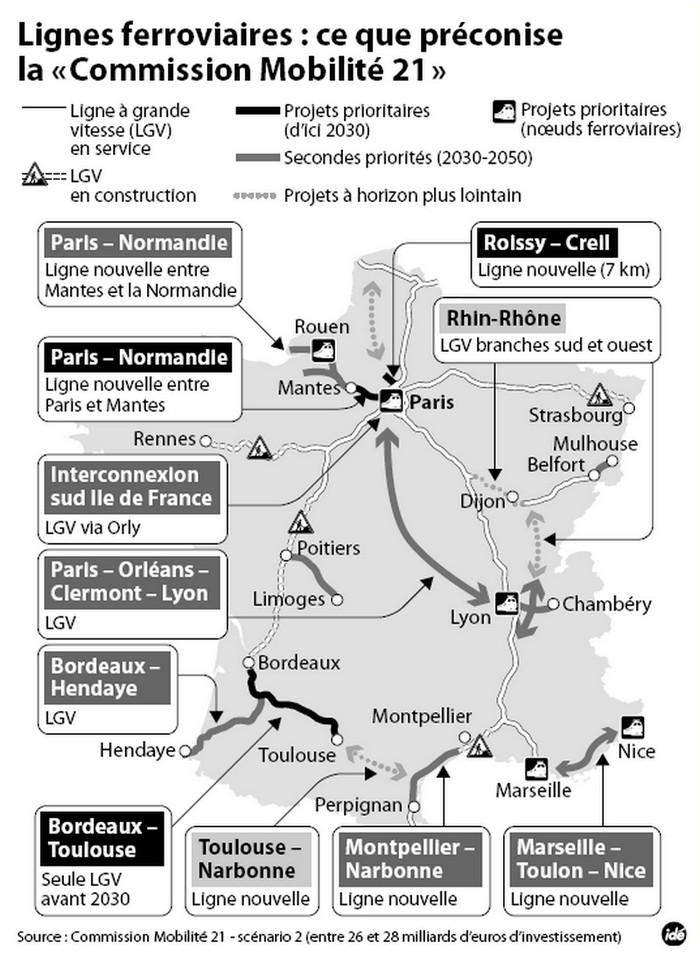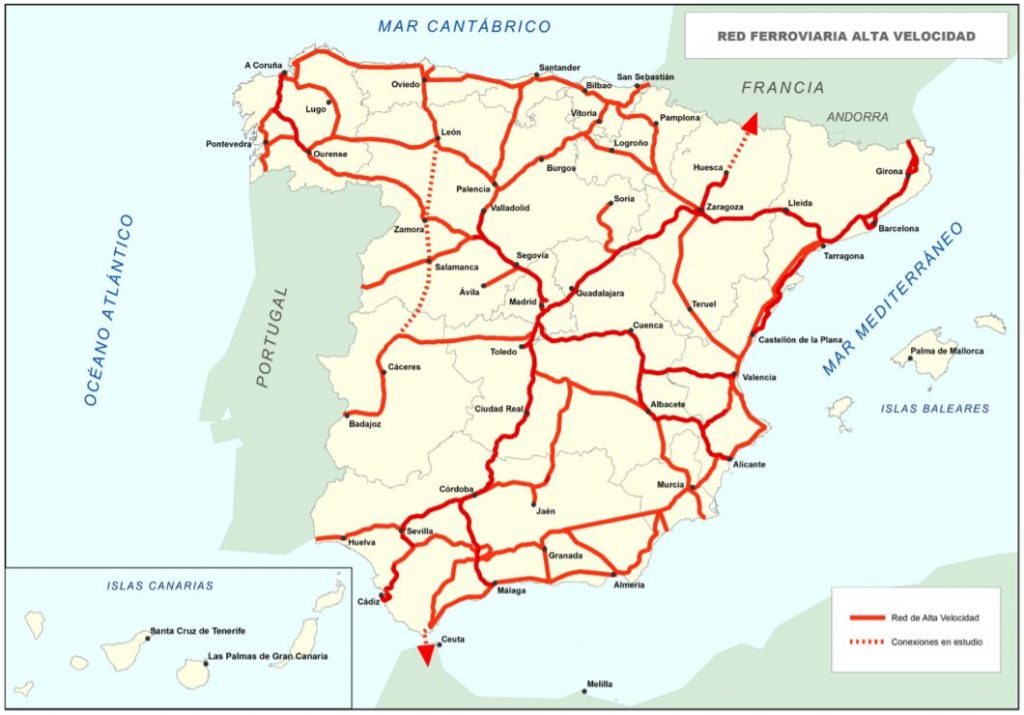ANTONIO GIMÉNEZ MACÍAS. CIVIL ENGINEER
Land planning is the basis of a strong and sustainable economy and society. Furthermore, it reduces inequalities between people and territories.
However, have we ever thought about the designing process of a land plan?
In Spain, the prevailing planning model is known as the Rational Planning Model. Here, engineers and specialised personnel are the main characters of the designing process of land planning. Their duty consists on construing the preferences of groups who are in charge of taking planning decisions and transforming them into a plan.
In the Rational Planning Model, public participation takes place after the designing process of the plan. Therefore, citizens show a lack of interest in planning, added to an ignorance about the veracity of social-economic analysis which planning projects require.
The Organisation for Economic Cooperation and Development (OECD) has warned Spain in its report “Supporting Better Decision-Making in Transport Infrastructure in Spain” about the shortage that land planning design processes (especially transport infrastructure plans) show. The recent Spending Review made by the Spanish Independent Agency for Economical Responsibility (AIREF) puts the spot on similar aspects as the OECD.
Both documents point out serious shortage in two main aspects: lack of veracity of cost-benefit analysis and lack of public participation.
Consequently, the main aim of this post is to make a comparative between countries that have had similar shortages as Spain, in order to note the way in which they have tried to solve this problem.
Australia
It is the country where the biggest infrastructure decision-making process transformation has occurred.
As a result of a report drafted by the Australian Government in 2008, a new independent agency was created. The agency´s target was “Advising the Minister, the Commonwealth, States, local governments and investors in aspects related to infrastructures”. It´s name is INFRASTRUCTURE AUSTRALIA (IE).
The Agency´s tasks are:
- Elaboration of an analysis of the infrastructures (Audit). It´s objective is defining the projects which need to be finished based on firm evidence.
- Elaboration of a priority project list (Priority List). It´s aim is providing a list to all levels of government, based on investment opportunities in short, medium and long term.
- Elaboration of a guidebook for an optimal project evaluation and general analysis for projects with an estimation exceeding 60 million euro.
Since the creation of IE, decision making processes in infrastructures have changed notoriously. States, territories and citizens have also been involved in the process of decision making.
France
Spain and France presented similar shortages in transport planning. Therefore, three new aspects have been incorporated in French infrastructure decision-making processes during the last 20 years: reliable prioritization of investments, provision of medium-term infrastructure finance and involvement of all citizens in the decision-making process.
Accordingly, in 2012 the Mobilité 21 commission is created. The objective of the commission is to give preference to the projects set out the previous year in the SNIT (Schema National des infrastructures de transport). Mobilité 21 creates in 2013 the Rapport Duron, which classifies projects in three groups: those who need to be started before 2030, those who need to be finished between 2030 and 2050, and those who can start after 2050.
Could you imagine the consequences in Spain if an independent commission assesses that an infrastructure in a territory shall not start it´s works after 2050?

IMAGE 1: CLASSIFIED PROJECTS BY THE MOBILITÉ 21 COMMISSION. Source: La Nouvelle République
In terms of public participation, significative improvements have also be done. Any project with an estimation of more than 200 million euros has to be brought up for debate, organised and controlled by the CNDP (Commission National du Débat Public).
Projects with an estimation under 200 million euros, could also be brought up for debate if 10 members of the parliament, a regional council or an accredited environmental association decide to do so.
A representative example of public involvement in the decision-making process is the project of the High-Speed Train line Tours – Bordeaux. 150 public meetings were organised in order to offer information. 2.000 consultations to social agents took place. In addition, 500 visits to the works were organised. More than 20.000 people took part of those visits.
Italy
As usual, Italy has the same kind of shortages in infrastructure decision making processes as Spain.
Let´s take a look at the High-Speed train line Torino-Lyon. The political party Movemento 5 Stelle (MS5) included in it´s political agenda the closure of the project´s works, due to the high costs of the project. Finally, the Italian parliament decided to “conduct a complete review of the project”. The review was tasked to a team of independent experts.
By the time the cost-benefit analysis were made public, an intense public discussion about the profits of the line was generated. The lack of agreement in the Government about the continuity of the project was transferred to the parliament.
The parliament voted yes to the continuity of the project. By the time a new cabinet was set, the team of experts stopped offering their professional services to the government.
To sum up, many counties have presented serious problems of infrastructure decision-making. Some of them have done enormous improvement in the decision-taking processes, so that they were more inclusive and sustainable (Australia, France).
Unfortunately, some other countries still have many work to do in this domain (Spain, Italy).
In the opinion of a civil engineer, a change of mentality among infrastructure policies designers and citizens needs to be done. Nowadays, we need more than ever a stronger critical thinking. Let´s start thinking more about contrasted information than feelings. The times of empty promises and the faith in the only-beneficial power of infrastructures needs to come to an end.

IMAGE 2: HIGH SPEED LINE TRAIN CONNECTIONS ESTIMATED BY THE PITVI (Plan de Infraestructuras, Transporte y Vivienda) 2012-2024. ARE THEY ALL REALLY NECCESARY? Source: Ministry for Transport, Mobility and Urban Agenda
Sources:
- Image 1: La Nouvelle République https://www.lanouvellerepublique.fr/france-monde/le-rapport-qui-signe-la-fin-du-tout-tgv [Date consulted: 11/10/20]
- Image 2: Plan de Infraestructuras, Transporte y Vivienda 2012-2024. Ministry for Transport, Mobility and Urban Agenda https://www.mitma.gob.es/recursos_mfom/pdf/E35B8D33-F3B6-4695-9012-C22229966FA0/130944/PITVI20122024.pdf [Date consulted: 11/10/20]
- Spending Review by the Spanish Independent Agency for Economical Responsibility (AIREF) about infrastructures in Spain: https://www.airef.es/wp-content/uploads/2020/09/INFRAESTRUCTURAS/200730.-INFRAESTRUCTURAS.-ESTUDIO.pdf [Date consulted: 11/10/20]
- Organisation for Economic Cooperation and Development (OECD) SUPPORTING BETTER DECISION-MAKING IN TRANSPORT INFRASTRUCTURE IN SPAIN: http://www.oecd.org/gov/supporting-better-decision-making-in-transport-investment-in-spain-310e365e-en.htm [Date consulted: 11/10/20]
